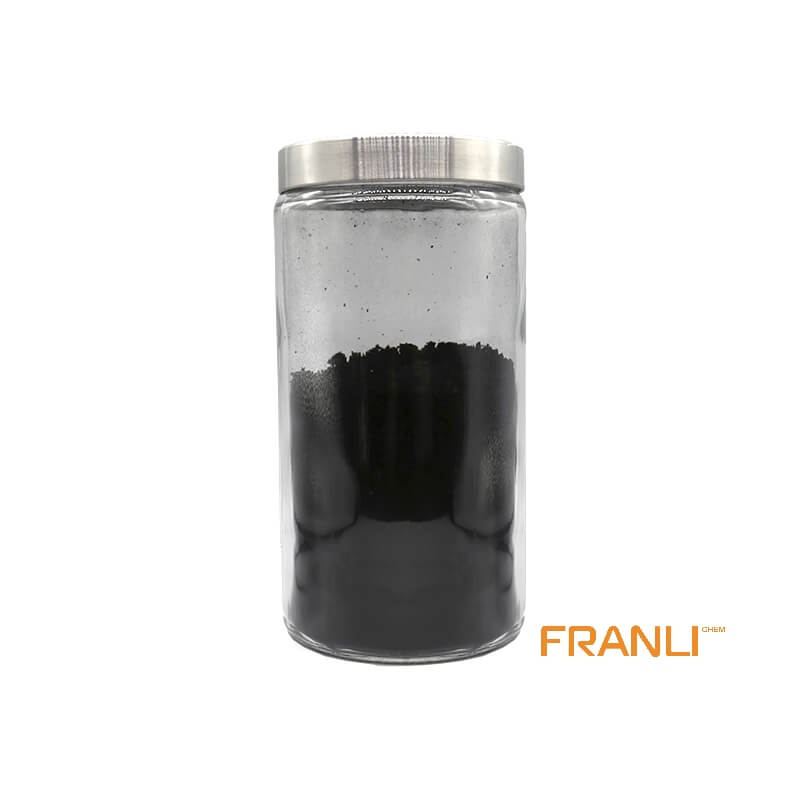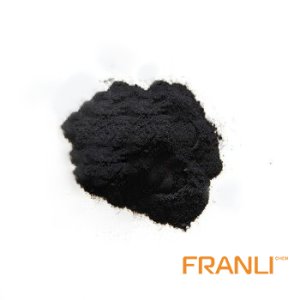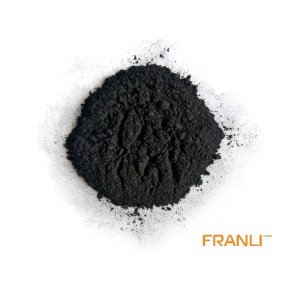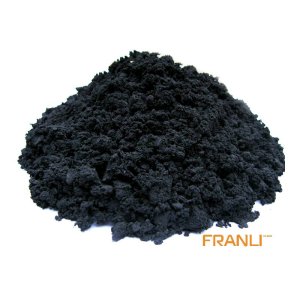

Graphene
Size
1-2nm thick x 0.5-5microns wide
Package
According to customer requirements
Features
High strength, high electrical conductivity, etc.
Application
Can be used as filler(between 0.01% and 5%).
Graphene, as the thinnest, toughest and best conductive nano material found at present. It is a two-dimensional crystal composed of carbon atoms stripped from graphite material with only one layer of atom thickness. Known as “black gold”, it is “the king of new materials”. Scientists even predicted that graphene “will completely change the 21st century”.
Request a quoteGraphene is a revolutionary material that has been hailed as the wonder material of the 21st century. It is a single layer of carbon atoms arranged in a hexagonal lattice structure. Graphene has unique properties that make it an incredibly versatile and valuable material for a wide range of applications.

Properties of Graphene
Graphene has several unique properties that make it an attractive material for a wide range of applications. It is the strongest material ever tested, with a tensile strength 200 times greater than steel. It is also incredibly lightweight, with a density of only 2.3 grams per cubic centimeter. Graphene is an excellent conductor of electricity and heat, making it useful in electronics and thermal management applications. It is also transparent, allowing it to be used in transparent conductive films and touchscreens.
Potential Uses of Graphene
Graphene is a revolutionary material that has the potential to revolutionize a wide range of industries. Its unique properties make it an attractive material for electronics, energy, aerospace, biomedical, and environmental applications.
As researchers continue to explore new applications and methods of producing graphene, we can expect to see even more exciting developments in the future.




